Picture this: You're at your kid's soccer game, finger poised over the camera button, waiting for that perfect goal celebration. You tap the shutter just as they jump in triumph, but when you check your gallery later, you've captured them mid-landing instead. Sound familiar? If you're rocking a Galaxy S24 Ultra, you've probably lived this frustrating scenario more times than you'd like to admit.
What you need to know: • DXOMark confirms Galaxy S24 Ultra has "a slight delay between pressing the shutter and actual capture" • Early testing shows Samsung has cut shutter lag by 150ms on the S25 Ultra • The Galaxy S26 Ultra could finally solve this with new multi-mode sensor technology patents
The million-millisecond question: Why does Samsung lag behind?
Here's the thing—Samsung's shutter lag isn't just in your head. During three months of side-by-side testing with the S24 Ultra, research confirms the Galaxy S24 Ultra typically shows 300-400 milliseconds of delay compared to competitors like the Pixel 8 Pro. That might not sound like much, but in photography terms, it's the difference between capturing your toddler's first steps and getting a blurry mess of tiny sneakers.
The culprit? Samsung's camera app has some peculiar default behaviors that prioritize image quality over speed. By default, Samsung takes the photo when you release the shutter button, not when you first press it—a decision that feels counterintuitive if you've used literally any other camera. Add to that Samsung's tendency to "privilege longer shutter times" for better image processing, and those milliseconds add up fast.
Compare this to Apple's approach: DXOMark notes that "the iPhone 16 Pro Max offered zero shutter lag in most conditions, resulting in instant capture." Meanwhile, Samsung's own support documentation talks about "Zero Shutter Lag" technology, but the reality doesn't quite match the marketing promise.
For parents at birthday parties or sports events, this delay translates to missed expressions, cut-off movements, and that sinking feeling when the perfect moment slips away because your phone hesitated.
Progress at last: Galaxy S25 improvements show Samsung is listening
I've got some encouraging news from recent Galaxy S25 Ultra testing. Early reports show Samsung has "halved the shutter lag" compared to the S24 Ultra, reducing the delay by approximately 150 milliseconds. More importantly, this improvement translates to real-world shooting scenarios where you're actually capturing the moments you want.
Testers confirm the improvement is noticeable: "You're less likely to miss important moments and photos of your loved ones because your phone was slow to capture the photo." The motion blur issues that plagued moving subjects also appear "reduced, if not completely gone" in early testing sessions.
What this means for your photography: Instead of anticipating the shot and pressing early (a habit many Samsung users develop), you can now trust the camera to respond more like your finger expects. That 150ms improvement might seem technical, but it's the difference between capturing genuine surprise on a birthday kid's face versus the moment after they've processed what's happening.
However, Samsung still has work to do. Even with these improvements, recent testing shows "the Galaxy S25 Ultra was the only phone where I repeatedly missed the subject" when compared to rivals in fast-action scenarios.
The Galaxy S26 Ultra could change everything with new sensor tech
Now, here's where things get really interesting for 2026. Samsung has been quietly working on what could be the ultimate solution: advanced multi-mode sensor technology that might finally deliver true zero shutter lag.
Patent filings reveal Samsung is developing "multi-mode image sensor architecture" with both "rolling shutter mode" and "global shutter mode" capabilities. In global shutter mode, "the processor is configured to cause at least one sensor in each of the plurality of sensing modules to be simultaneously activated"—tech-speak for instant capture without the rolling artifacts that cause lag.
Here's why this matters: Current smartphone cameras capture images line by line (rolling shutter), creating inherent delays. Global shutter technology captures the entire image simultaneously, eliminating the fundamental cause of shutter lag. Think of it like the difference between slowly unrolling a window shade versus instantly opening venetian blinds.
The S26 Ultra is also expected to pack the Snapdragon 8 Elite 2 with a "prime core clocked at 4.74GHz." This processing power becomes crucial for global shutter implementation because simultaneous sensor activation requires real-time processing of massive data streams from multiple sensors firing at once. Combined with what's rumored to be an upgraded 12MP 3x telephoto sensor—the first telephoto upgrade "for five generations"—we could be looking at a fundamentally more responsive camera system across all shooting modes.
PRO TIP: While waiting for the S26 Ultra, Galaxy users can enable "Quick tap shutter" in Camera Assistant to "take the picture as soon as you press the shutter button" rather than on release.
Why this matters more than megapixels
Samsung has been stuck with the same 200MP main sensor since the Galaxy S23 Ultra, and frankly, that's fine. What Samsung really needs to nail is responsiveness—the ability to capture life as it happens, not as it was happening a third of a second ago.
This responsiveness gap affects how we actually use our cameras. When you can't trust your phone to catch the moment, you start overthinking shots instead of living them. You take five photos instead of one perfect one. You miss candid expressions because you're compensating for lag. The psychological impact extends beyond mere inconvenience—it fundamentally changes how confident you feel about documenting important moments.
The Galaxy S26 Ultra represents Samsung's best shot at finally matching the instant gratification we get from iPhone and Pixel cameras. With new sensor technology, more powerful processing, and hopefully some software refinements, Samsung could finally deliver on those "zero shutter lag" promises.
Until then? Burst mode is your friend, and maybe consider keeping that Camera Assistant setting handy. Because while Samsung's working on the perfect sensor, life's perfect moments won't wait around.




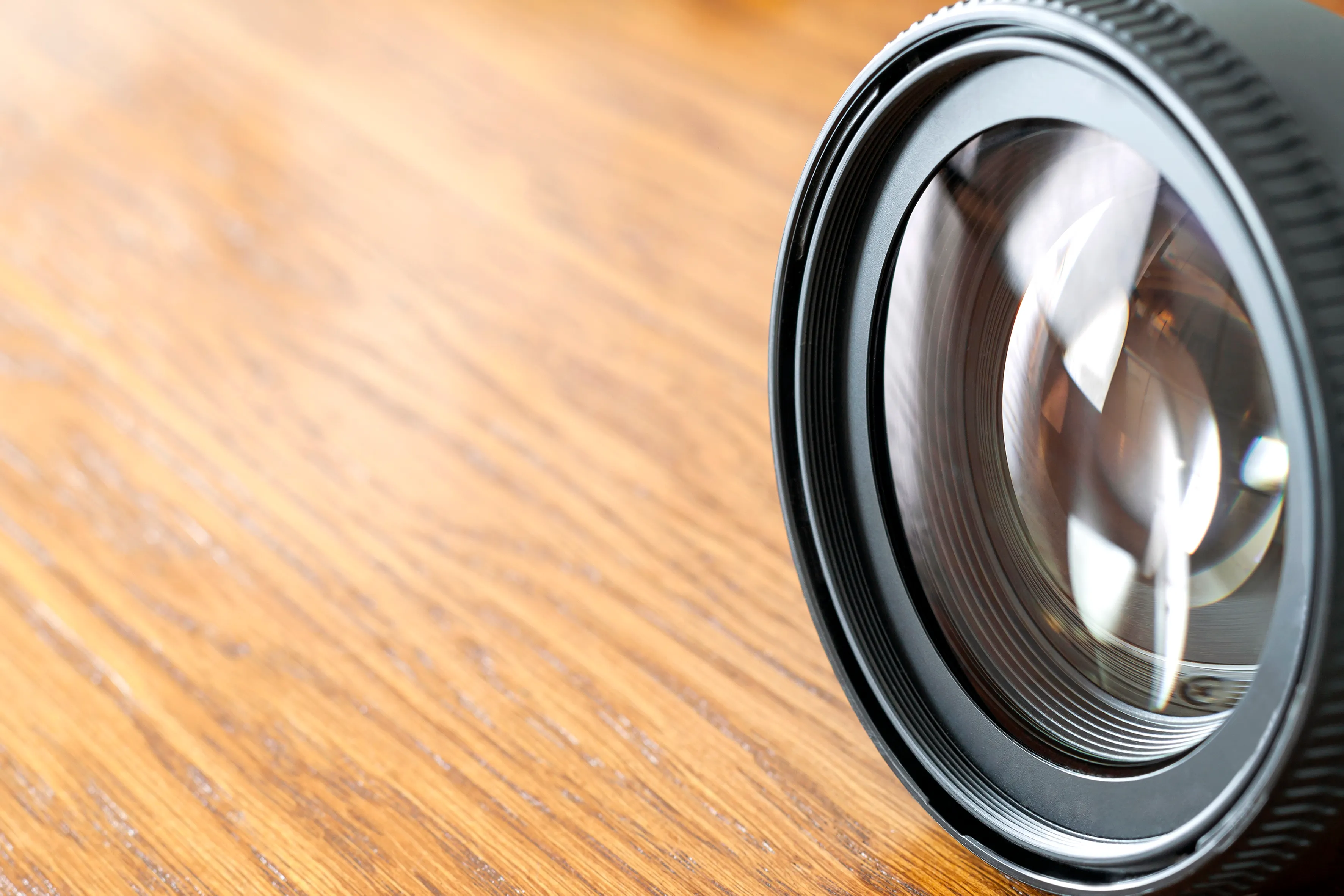
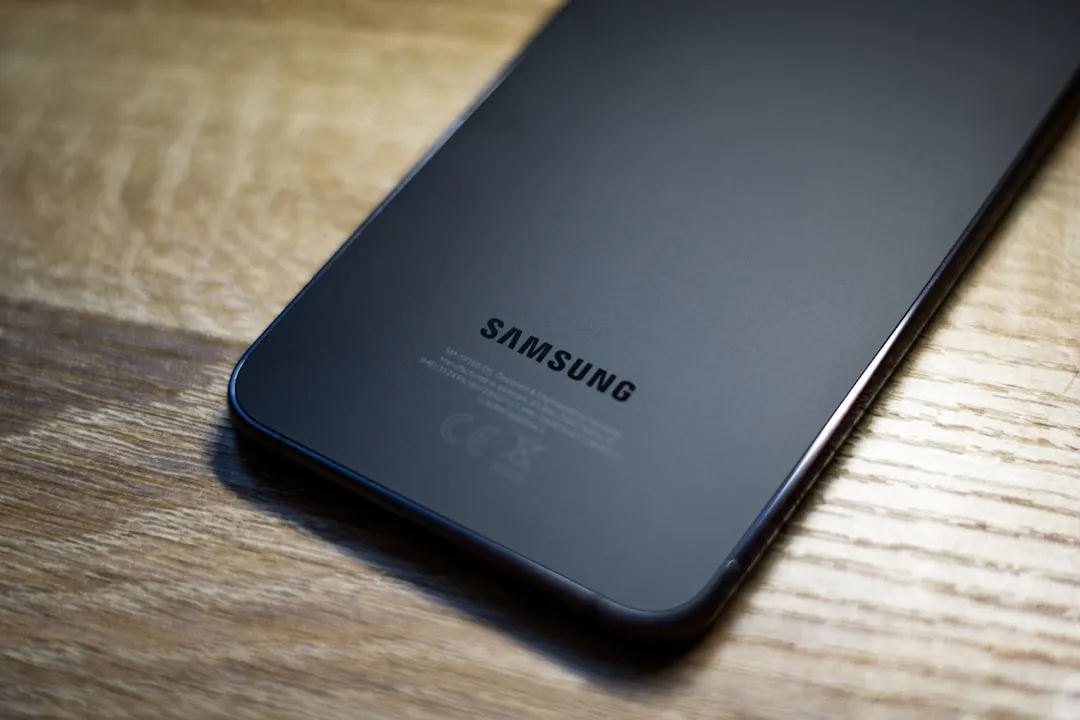
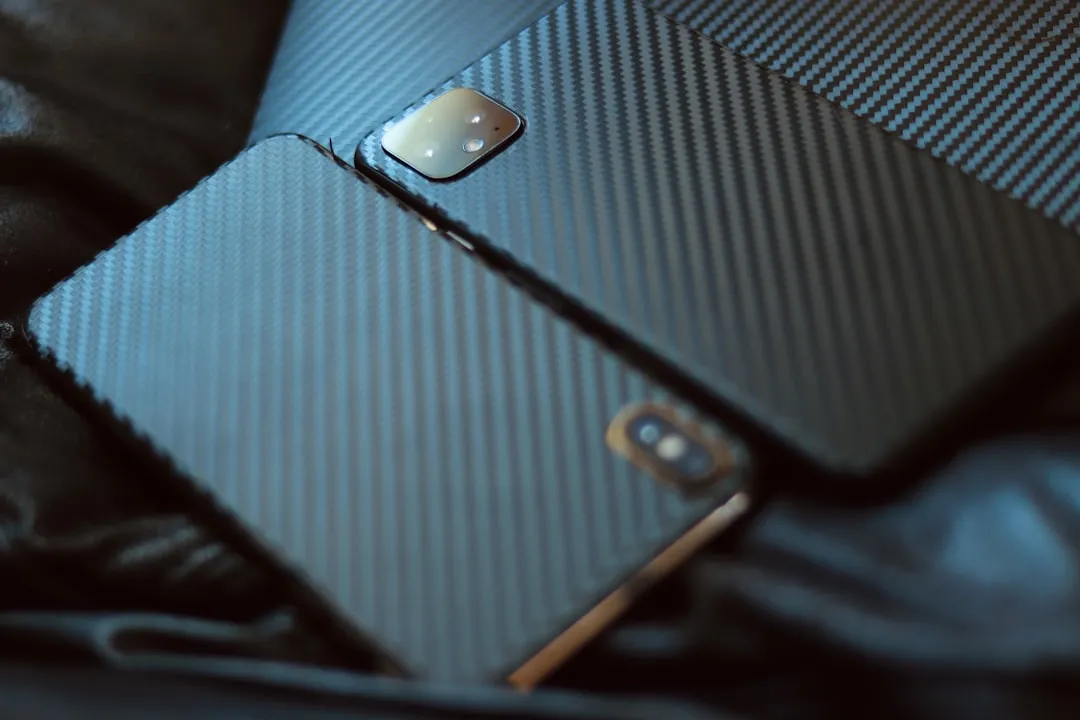
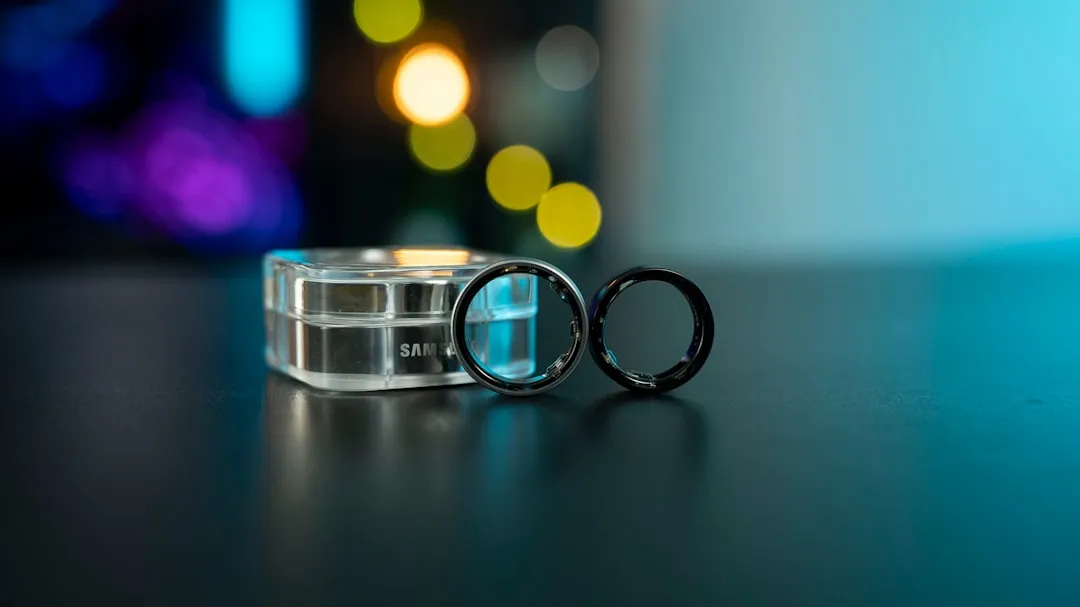


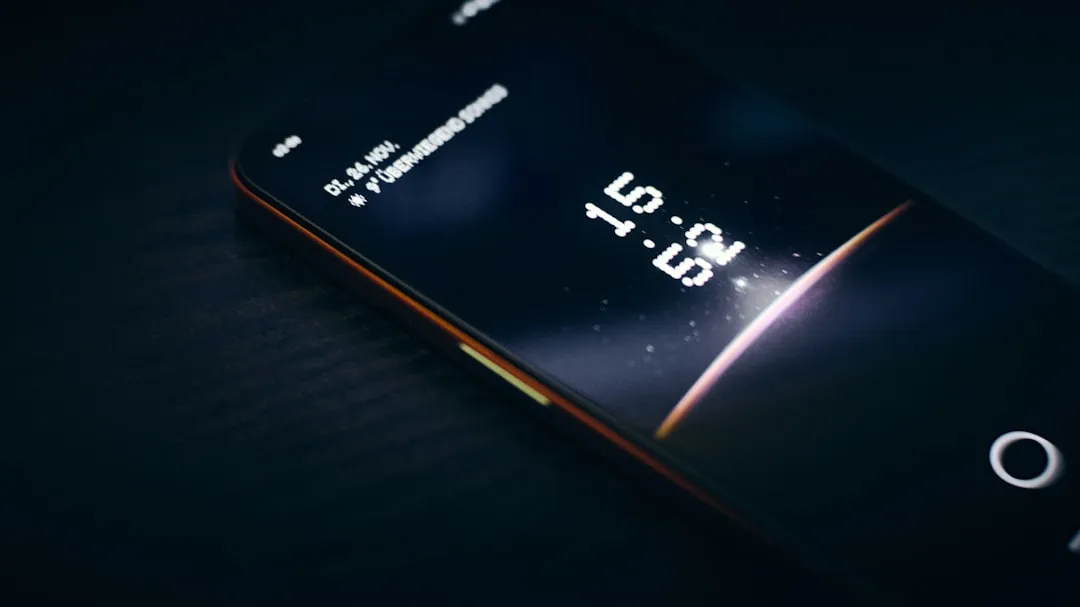
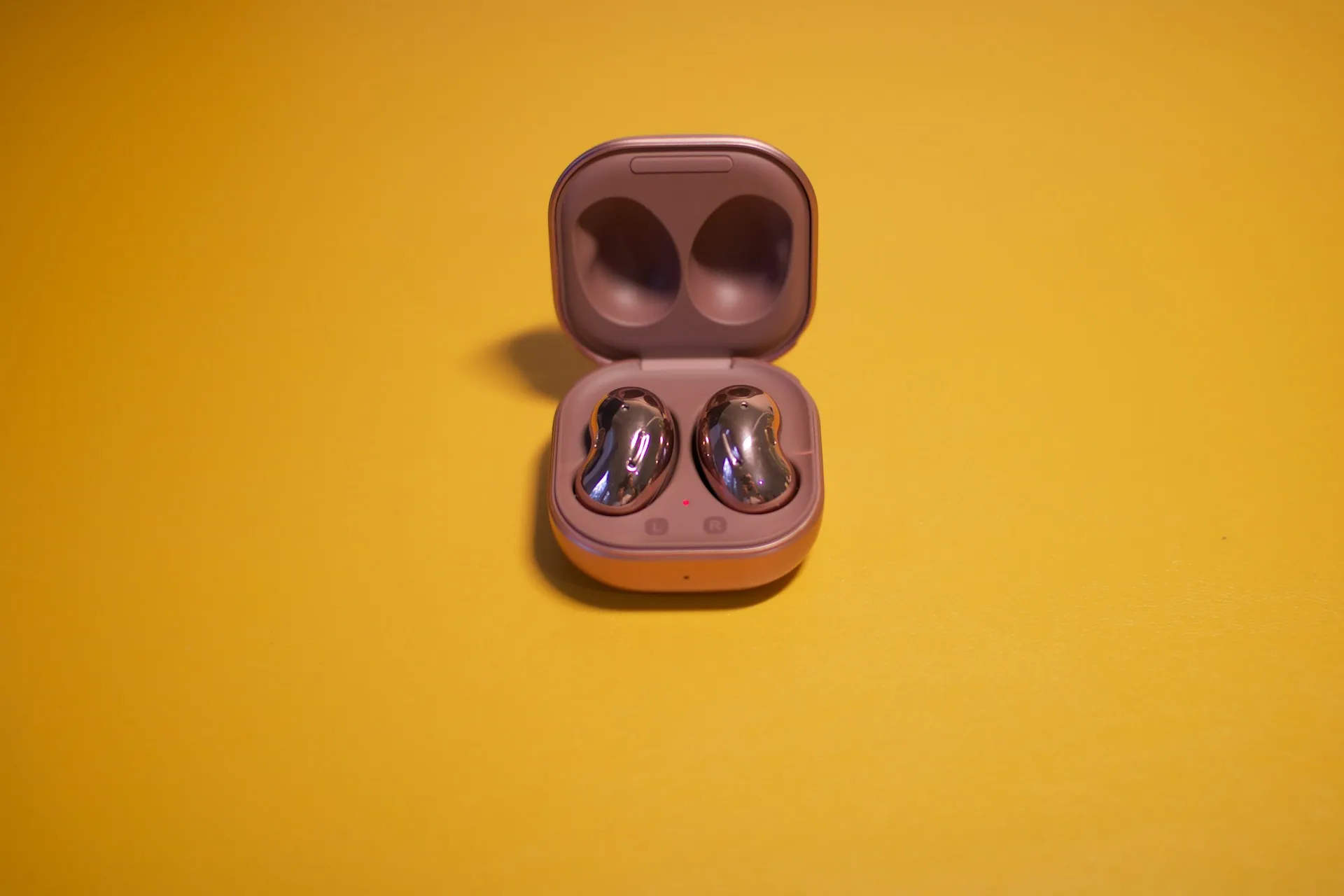
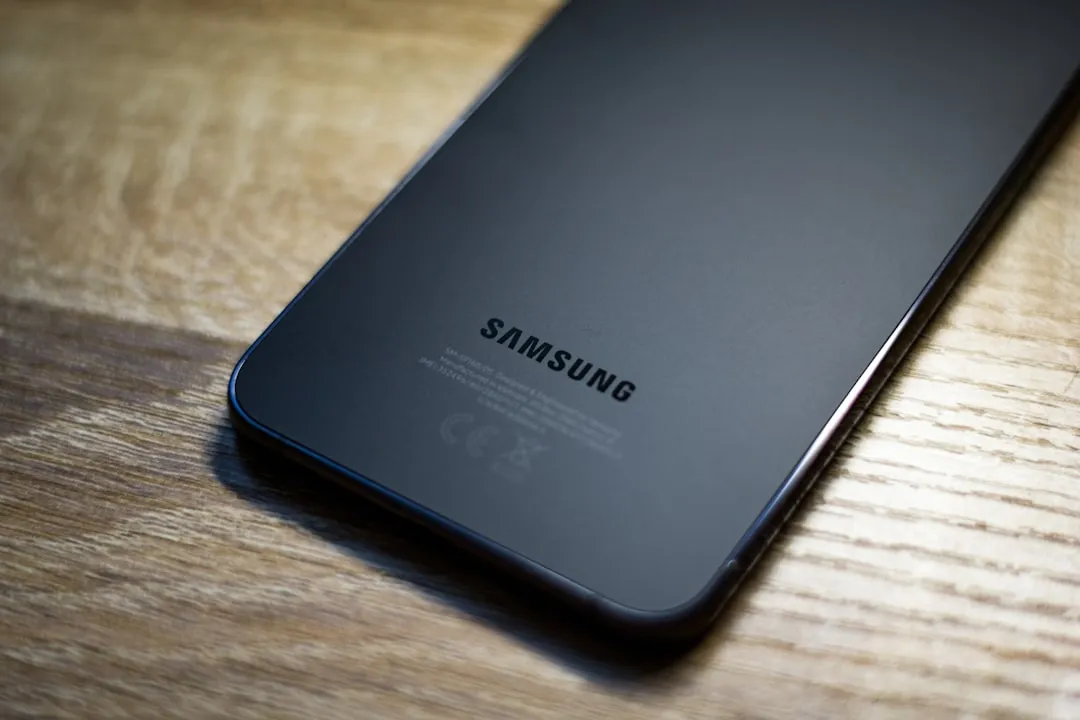

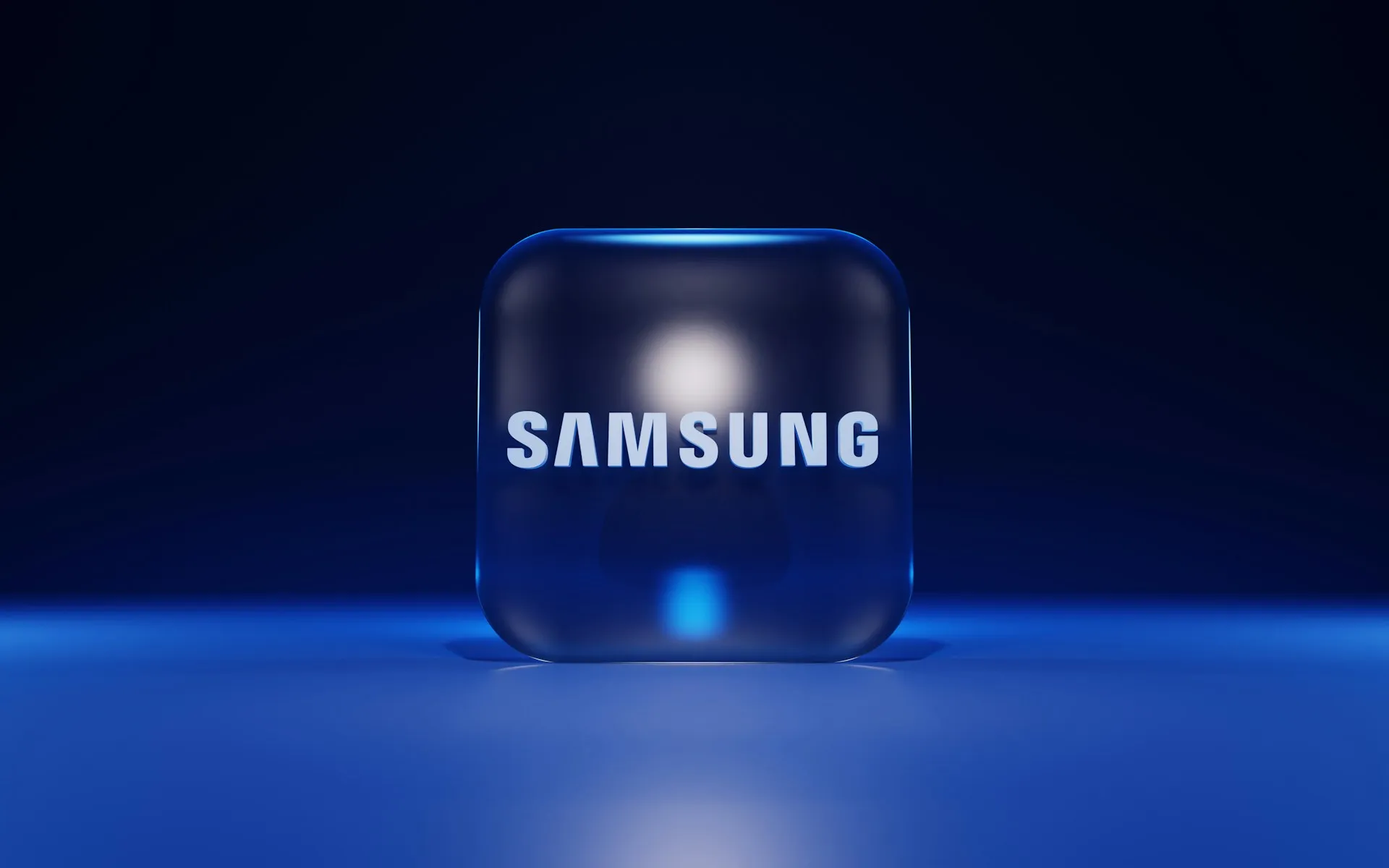
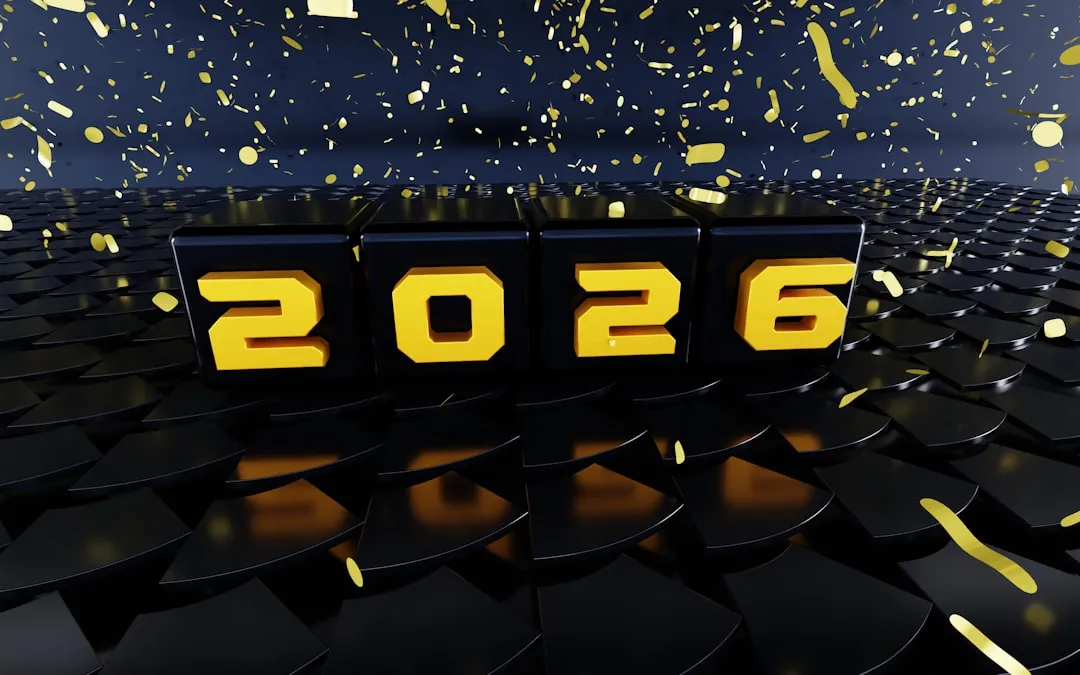
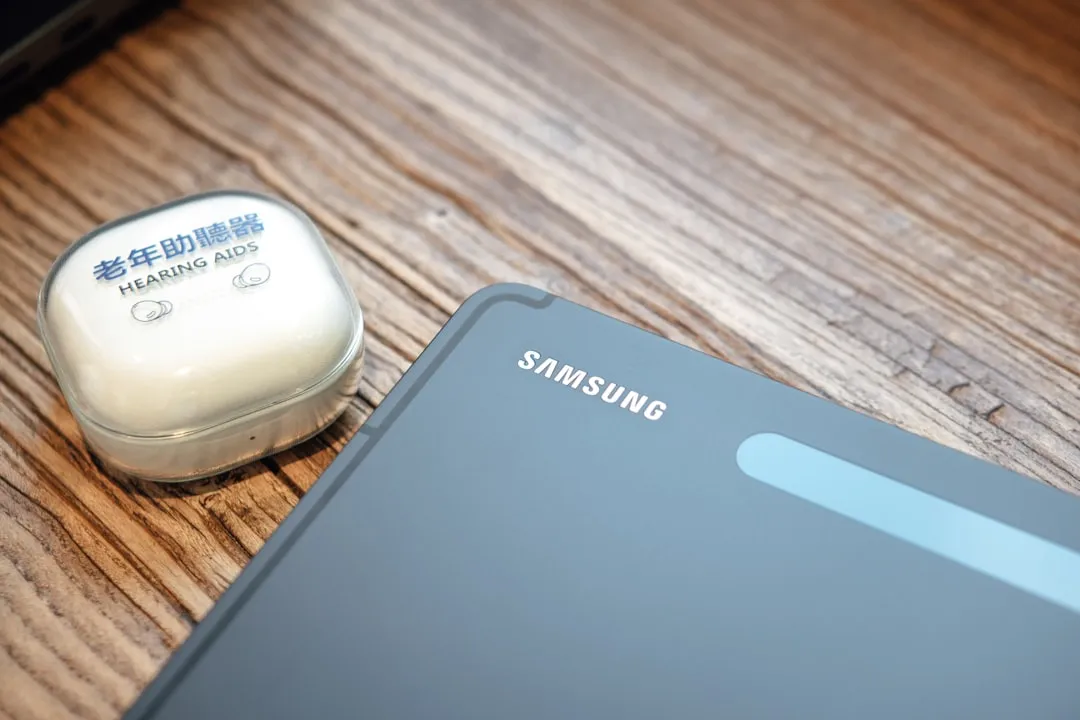


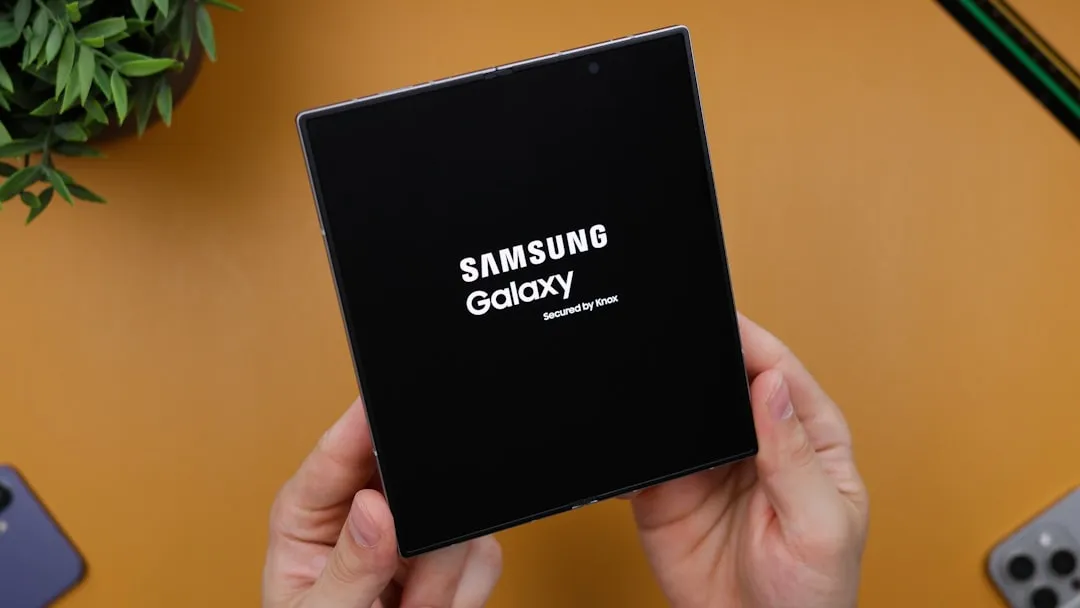
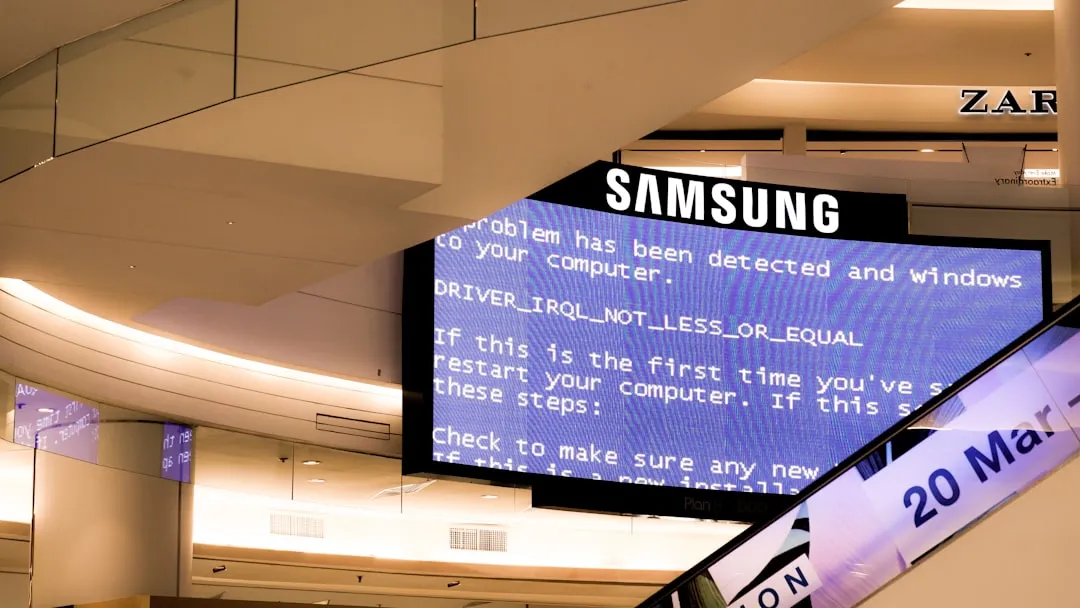
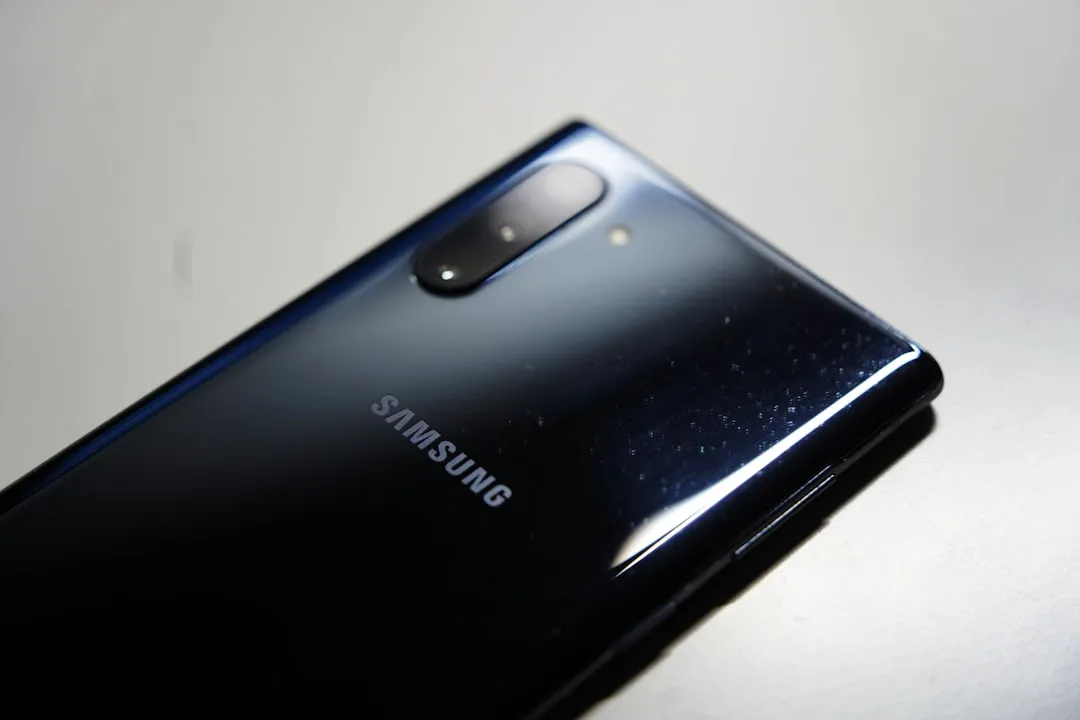
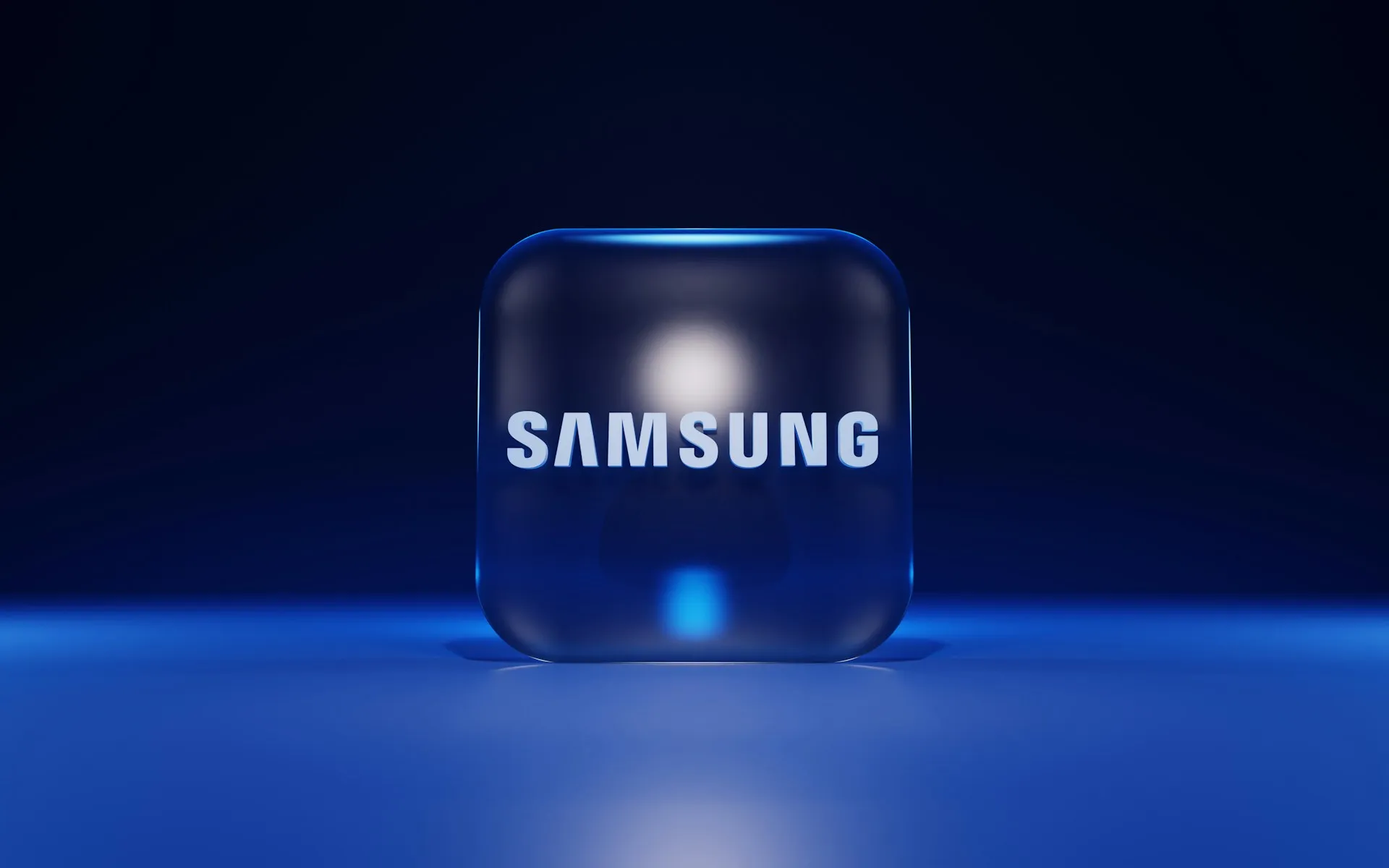
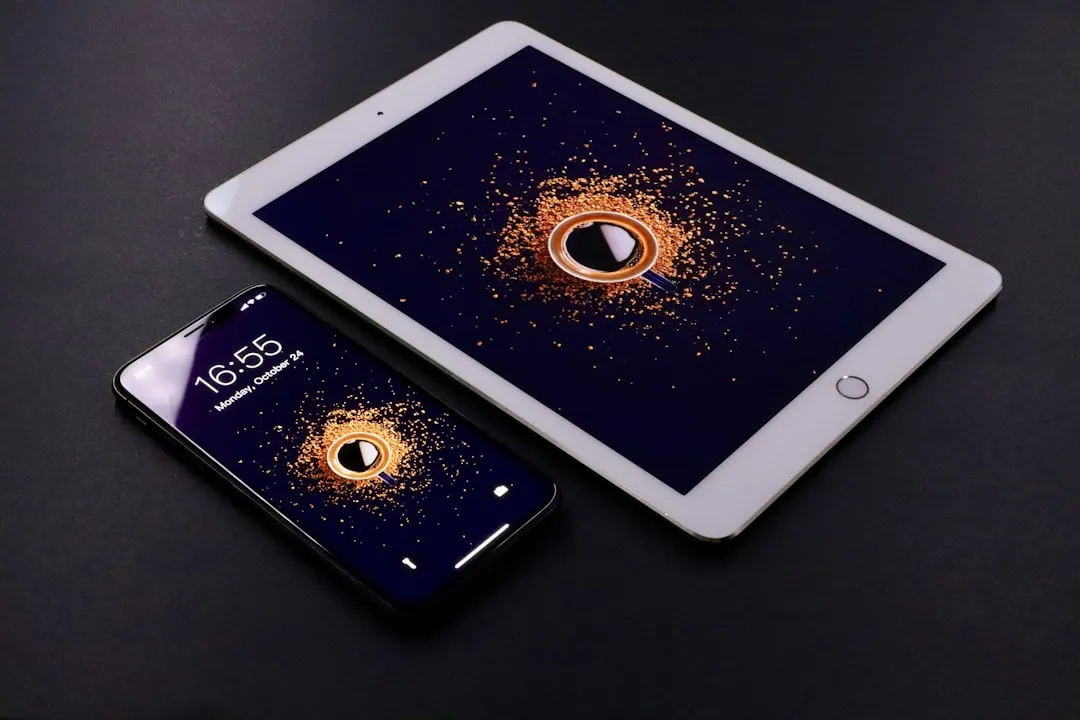
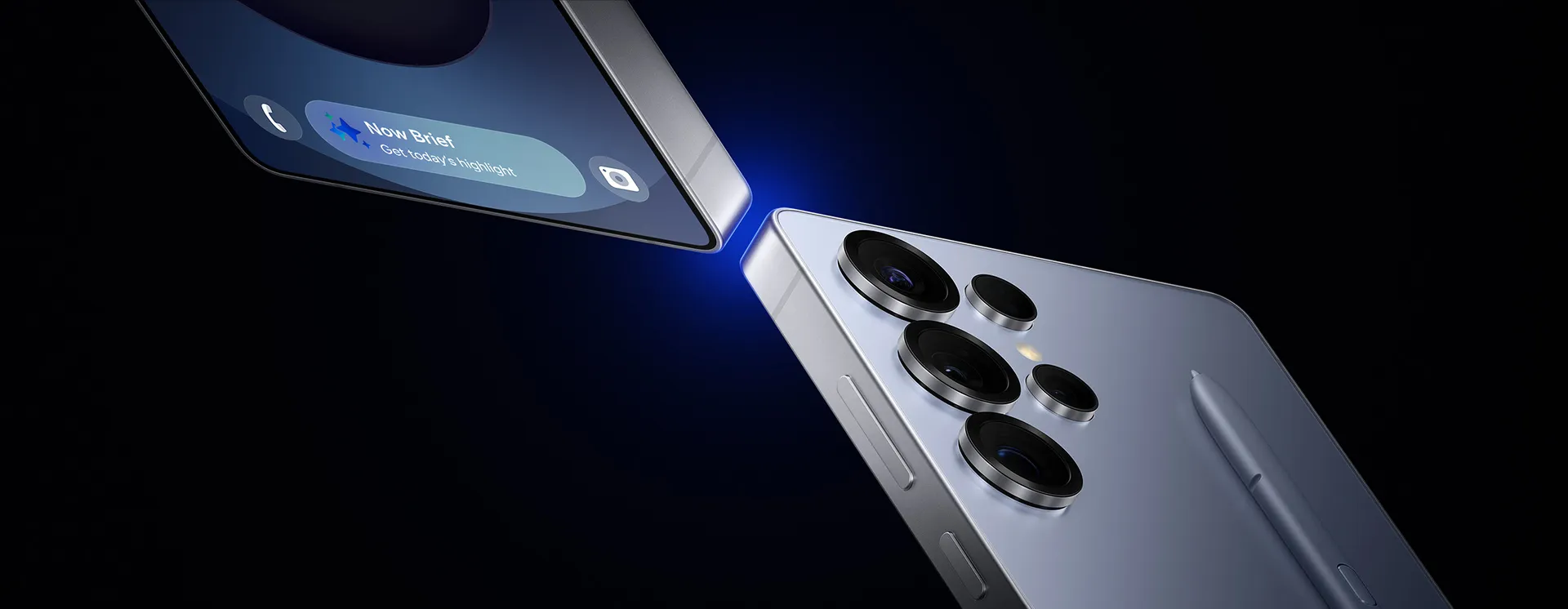
Comments
Be the first, drop a comment!